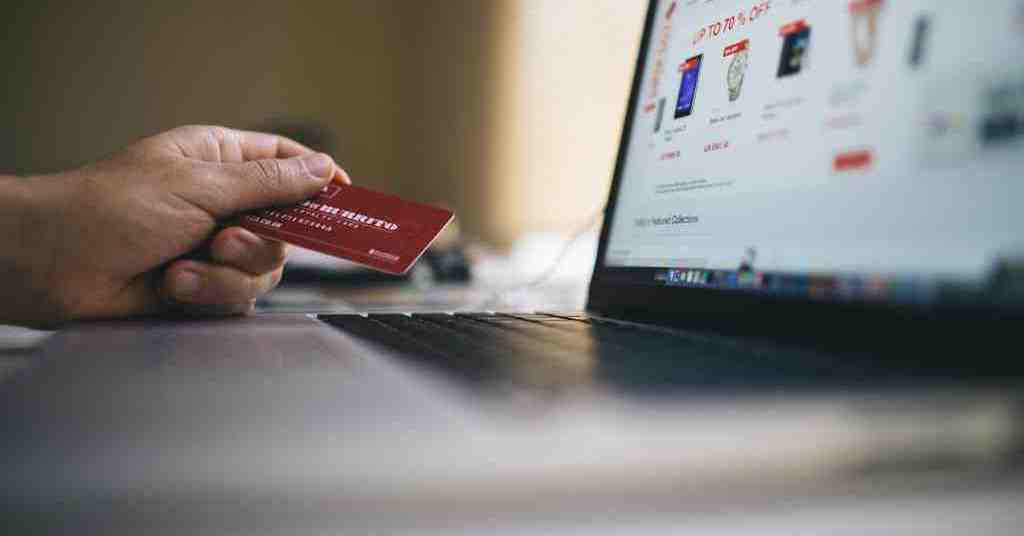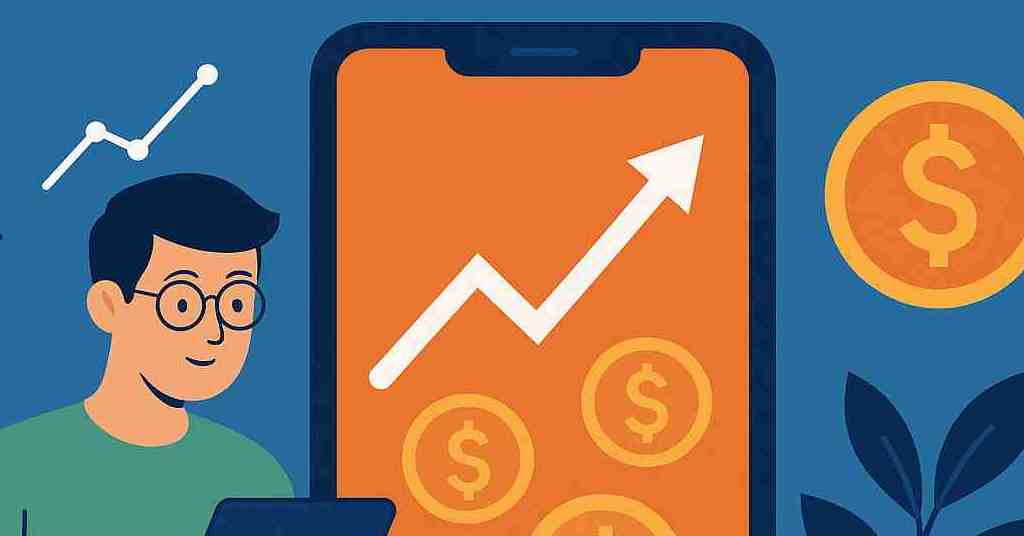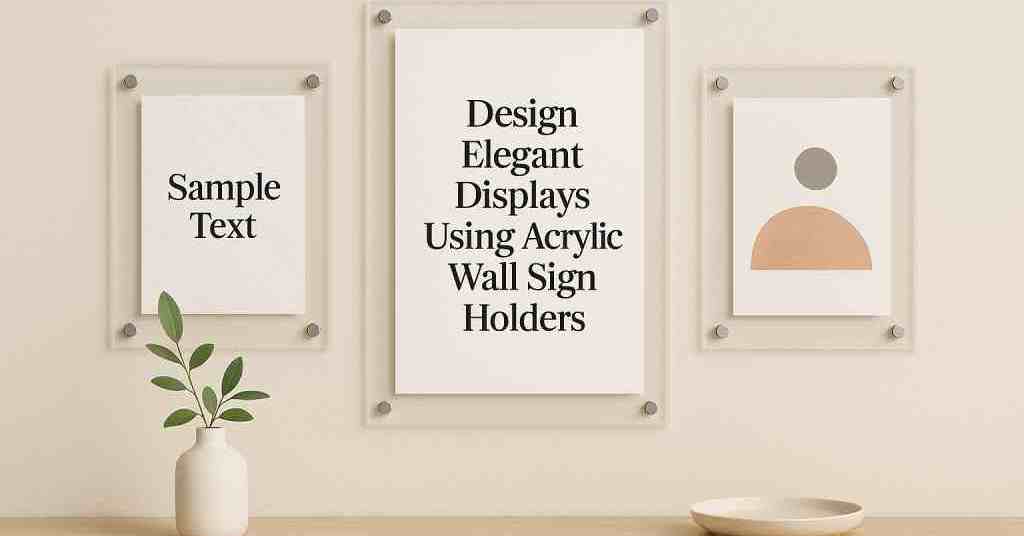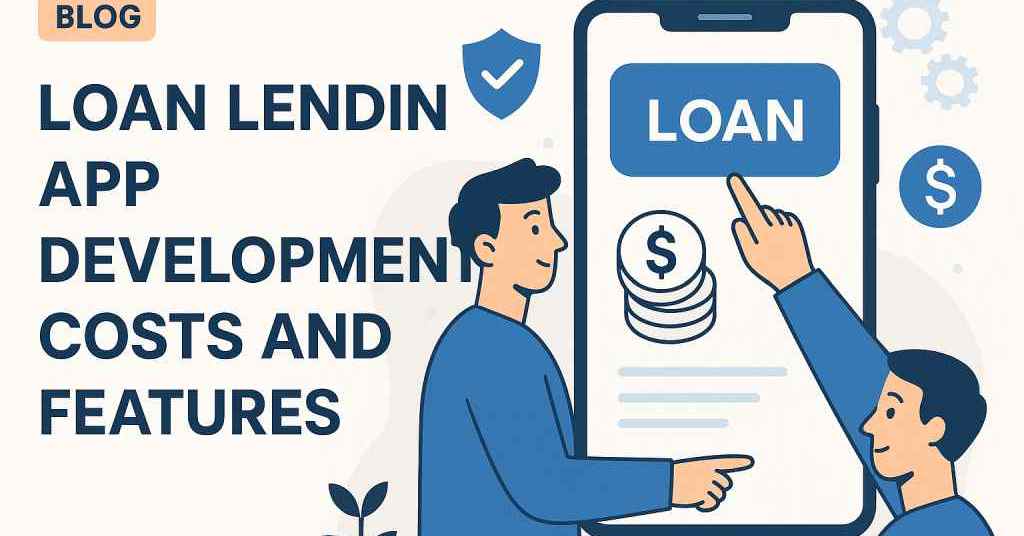
Diet and Nutrition Tracking App Development Cost & Features
Sometimes you might have seen television programs where people discuss their journey of significant weight loss. In today’s lifestyle, people are actively taking care of their appearance and health. Losing weight is the best feeling after following a diet, but the challenge is to make choices about your diet plan that improve your health by losing expected pounds. Unhealthy food choices develop obesity and various heart diseases which are more common in today’s generation.
As we are not aware enough about the food, we intake and nowadays people are becoming more conscious about their diet and health, they prefer to use these apps to maintain their daily track of diet and nutrition’s intake.
Market Statistics to Diet and Nutrition Tracking Mobile App
Before developing these apps, one should be aware of why it is a good option for investing your time and money in developing such apps. Every individual keeps a tab on health checks and wants their diet habits to be healthy and monitoring daily calorie intake could not be easier than using diet and nutrition tracking apps. With this awareness, these apps have gained immense popularity as mostly unable to manage to go to Fitness centers and Gyms and have started investing their time and money in such apps.
Below analysis shows how the diet and nutrition market has grown over the last few years:
 A recent study of Grand view research stated that a 29.2% growth can be seen in the Global mobile health market with an expectation of $316.8 billion of market value by 2027. Over the last few years, these apps have already seen a growth rate of 330 percent.
A recent study of Grand view research stated that a 29.2% growth can be seen in the Global mobile health market with an expectation of $316.8 billion of market value by 2027. Over the last few years, these apps have already seen a growth rate of 330 percent.
 53% of People are tracking their physical health by using these apps as per Transl Behav Med studies. Below percentage distribution shows various apps use for different health concerns-
53% of People are tracking their physical health by using these apps as per Transl Behav Med studies. Below percentage distribution shows various apps use for different health concerns-
- 48 percent of their eating habits.
- 47 percent to lose weight.
- 34 percent to learn exercise.
People aged between 18 – 29 are regularly using these apps to track their daily health check with physical work and diet shown by different statistical reports.
How Diet Planning Mobile Apps is Helpful for End Users?
The main goal of a diet and nutrition application is to help an individual eat healthily and improve eating habits. So, your application should have an interactive feature that suggests what a user should consume daily based on his body weight, meal preferences, and healthy meal plans. This way application user can achieve their fitness goals by having personalized suggestions from the application. The following ways will make users hooked to your app:
- Diet chart is easily available to every individual based on their height, weight, and gender.
- Users can get suggestions for opting for food to follow a healthy diet.
- Physical Activities can be monitored regularly.
- Proper records of food & water intake, calorie consumption can be maintained.
- Helps in designing food charts according to the user's needs like weight gain or weight loss.
- Daily track records and notifications keep users motivated to follow it every day.
Fitness Mobile Application classification:
Nutrition:
Nutrition application offers comprehensive nutrition information at your fingertips. These apps help users eat properly by tracking calories and controlling eating habits, providing tips on the nutritional value of foods. Plus, the app lets you track your own meals, and it supplies a complete breakdown of your daily nutrition so you can make adjustments as needed. One of the best examples of such type of application is Noom Coach.
Weight loss Coach:
These applications are particularly dedicated to weight loss without causing any harm to its users. They let users record meals and water intake, monitor calories burned and consumed, select a fitness program, and monitor its implementation. Through an analysis of your weight, age, and health goals, they generate your daily calorie needs and a personalized weight loss plan. Lose It! is a user-friendly weight loss app focused on calorie counting and weight tracking.
Calorie counting:
Applications in this category are designed for those who monitor their diet every day, regardless of the purpose.
The main objective behind developing these applications is to provide a platform to users who are keen to monitor their diet every day regardless of the purpose. The best example of such an app is Fatsecret. The app uses a database of over 5 million foods and tracks their calorie value; this guarantees that you’ll get accurate data on the calories for each meal you eat.
Healthy Food Recipes:
Application in this category is designed for those users who love to create simple, tasty, and healthy dishes. The best example of this kind of application is PEP. This selects a menu for each day that includes simple, tasty, and healthy dishes. Menus are chosen based on a user’s settings, and the app maintains statistics.
Comprehensive Application:
The objective of these types of applications is to combine all the functionalities mentioned in the above 4 different categories. MyFitnessPal is the best example of the combination of all Diet and Nutrition-related apps.
Must-have Features in Diet and Nutrition Tracking Application:
1. Registration/Sign In
Under this feature, users are enabled to make their own profile by registering the details of their eating habits, food preferences, body weight & height, age using social accounts such as Facebook, Instagram, Google ID, etc. which get saved against their profile. User should be able to access their profile and could see daily improvement in their performance.
2. Diet plans
Once the user gets profile created, to get the personalized expertise on everyday diet charts users can connect with diet experts of the application and can get diet plans prepared according to their eating and food habits.
3. Food intake logging for users
Using this feature, users should be able to add a description about the food they consumed and upload photos which in turn calculate the number of calories in the food. So, in this way users can keep a tab on the number of calories and nutrients they consumed on daily basis and adjust or change their habits accordingly to accomplish daily/weekly goals.
4. Live chats with diet experts
This feature is the easiest and incredible way for an application to enlarge its interaction and to captivate the market. This feature aims to provide a platform for users to interact with diet experts on a single tap & user’s needs and experts' suggestions are easily exchangeable.
5. Push Notifications
Besides applications, Push notification is an important way of communicating with the client. It ensures that users should not miss any latest upgrades happening and make them aware to the recent discounts and offers of the application. It also acts as Reminders for your regular activity and doesn’t let the user drop commitment towards their physical health.
6. CRM integration
It is the feature which let user seek for the help of a technician or any concerned person if they face any issue while using the application. The user might get stuck while using the application, in such cases, CRM integration creates a response for the asked queries. Hence, CRM integration is a must-have feature that can resolve complaints and can also help in the improvement of application through the feedback received from users.
7. Feedback
This is the most important feature for developers for analyzing the pros & cons of application. Customer feedback can also be deduced by analytics to a certain extent, but if customer feedback is combined with analytics, the app developer will have a clear idea of the issues that are caused. The exact problem can be pin-pointed with the help of short feedbacks. Through the analysis of the data and the feedback from customers rectifying problems becomes relatively easier than trying to figure it out yourself. This in turn directly affects the number of users base on your app.
Advance features for Diet and Nutrition Tracking App:
1. In-app connectivity with wearable devices
Nowadays the devices like Android wear or Apple watch is in trend for monitoring the physical activity of the user and mobile app recording vital information like calories burnt, heart rate, or pulse automatically. These devices use the sensor which is helpful for collecting detailed physical activity of the user.
From 325 million in 2016 to 722 million in 2019, the number of connected wearable devices has more than doubled in three years worldwide. As per Statista, the estimated number will reach over 1 billion in 2022. As fitness apps prosper with tech integration, it has become a must-have feature for these mobile apps. So, make a smart decision and implement connectivity with wearable devices in your app.
2. In-app call with health experts with number masking
With this feature in the application, the user is able to connect with their dedicated dietician/nutritionist/health experts from the application itself. Through this users will always get a call from the application toll-free number and to secure the privacy of health experts, their number is masked.
3. Barcode scanner for knowing the calorie content of the product
Embedding a Barcode Scanner would be a great feature for application as it would assist users while shopping in a store. Using the feature, one could get important data such as calorific value and nutrients of the items with the help of your phone. This is an extraordinary method to keep the customers inspired.
4. Shopping Assistance
Using this feature in the application, users can make their diets plan and shopping list according to their health needs with the help of expert suggestions. Each individual is assigned to one personalized dietician who will assist with their shopping list according to the food preferences.
5. Recipe book
It is not possible for everyone to know about the list of foods they can cook keeping the health check in mind. So, this in-app Recipe book shared particularly by dieticians is the best way to guide users to promote healthy living and enhance the eating habits of users.
6. Goal Settings and Leaderboards
This feature helps users to keep motivated to accomplish their targeted goals using the application alert notes and notifications. User can set their daily, weekly, and monthly goals and plan their workout according to meet up the health targets.
Another boosting feature is Leaderboards which get highlighted in the user’s profile who has done outstanding performance to achieve their goals.
7. BMI calculation on Joining
So once the user joins the application, Body Mass Index (BMI) is the most important feature in the application for creating diet plans for users. On registration in the application, the user is asked with certain details to fill like height, weight, food preferences, sex, allergies, etc. Based on these details, health experts create diet plans and set achievable goals for their clients.
8. Blog writing
This feature helps new customers to have an idea about the application and based on this they can decide on accepting or abandoning the app. Here, user can write their success stories on achieving their health goals or give some suggestion on app improvement and health experts can write a blog on general health measures which is helpful every individual.
How Monetization Should be Done by Application?
Once you have built the app it is obvious that you would contemplate ways to make money out of it. In the end, earning the optimum amount of money is the ultimate goal of every application. Below are a few ways by which you can monetize your app:
In-app advertising
This is a widely known strategy for generating good revenue through the application. Once the application starting to grow popularity it provides a platform to other advertisers too are willing to endorse their product or application service.
Paid membership
Generally, customer can download the app from the Play Store or Apple store and allowed to use some basic features of the application. But to use the special features customers need to pay some amount for that. Then the point arrives what makes customers to buy the paid feature of application as there is an enormous number of applications that can provide these features in free.
So here application has to come up with the uncommon and rational features to attract the market. Under this method, the application will get it's cut and the marketing team will get their share.
In-app purchase
This is another platform where applications can sponsor products of other brands related to the same industry. By integrating this, the application can earn a commission from the e-commerce channels.
Freemium model
It is widely known as the most beneficial feature of the application. While implementing the Freemium business model, you have to divide it in 2 sets and work accordingly. In the first set which is standard and requires no payments while the second is more appealing and includes advance progressive highlights that the user has to pay for. We can draw interpretation from this is the first set attracts the markets with basic and default features and the second one lures the users in order to gain more content.
Technologies Required to Develop Diet and Nutrition Tracking Application
- Front end developer: Java, Angular, Swift, React, HTML, CSS
- Back end developer: Java, .net, ROR, Python, Node.js, PHP
- Database: Postgress SQL, Hbase, Oracle DB, MongoDB, Cassandra
- Push Notification: Twilio, Push.io
- Cloud environment: Azure, AWS, Google cloud
- Operating system: Android, iOS, Debian
- Location Tracking: Google Maps SDK for Android, MapKit framework for iOs
- Social login: Google, Facebook, Twitter
- Payment processing: Paypal API, Google Pay, PayTM, PhonePay
Cost for Developing Diet and Nutrition Tracking App:
At the end of the day, it is obvious that you want to develop an app with a minimum cost without compromising on the quality. But this cost can vary geographically:
Charges of developers in the UK & US: – from $60 – $260
Charges of developers in Eastern Europe: – $25 – $150
Charges of Developers in Asian Countries: – $10 – $80
But it is difficult to estimate the cost of any app as it depends on many factors. The most significant factor is the nature of the app: whether is it simple or complex. So, to develop this kind of app with exact estimation of the cost you need to connect a specialist Mobile Application Development Company




